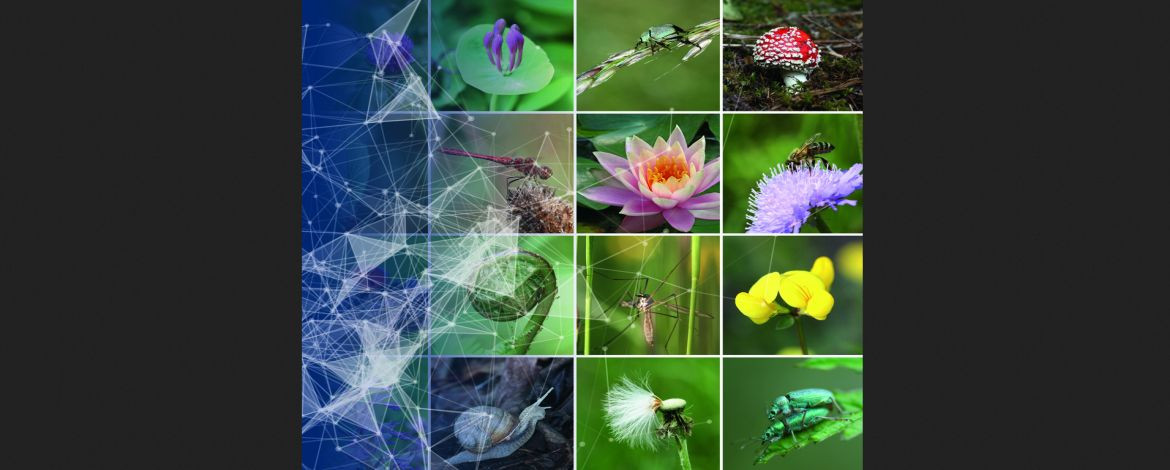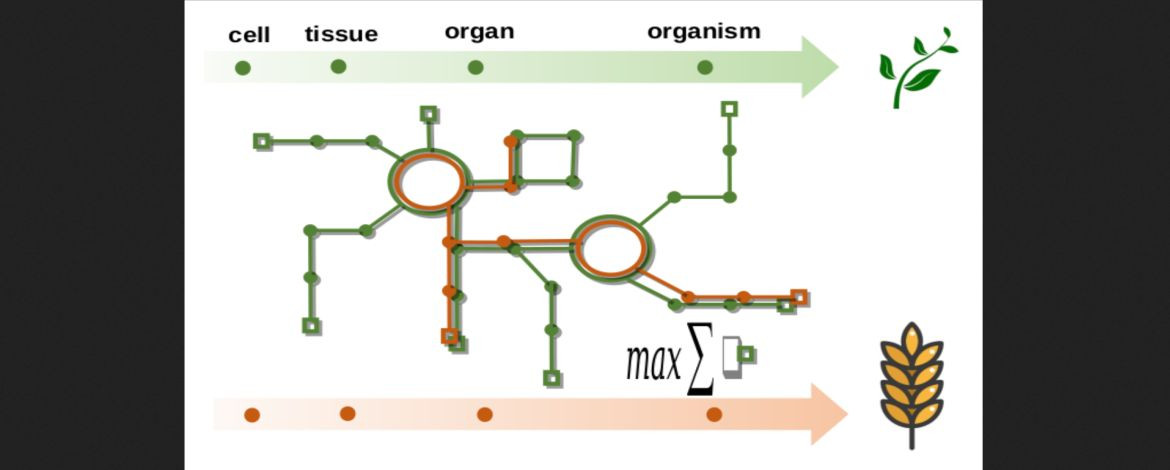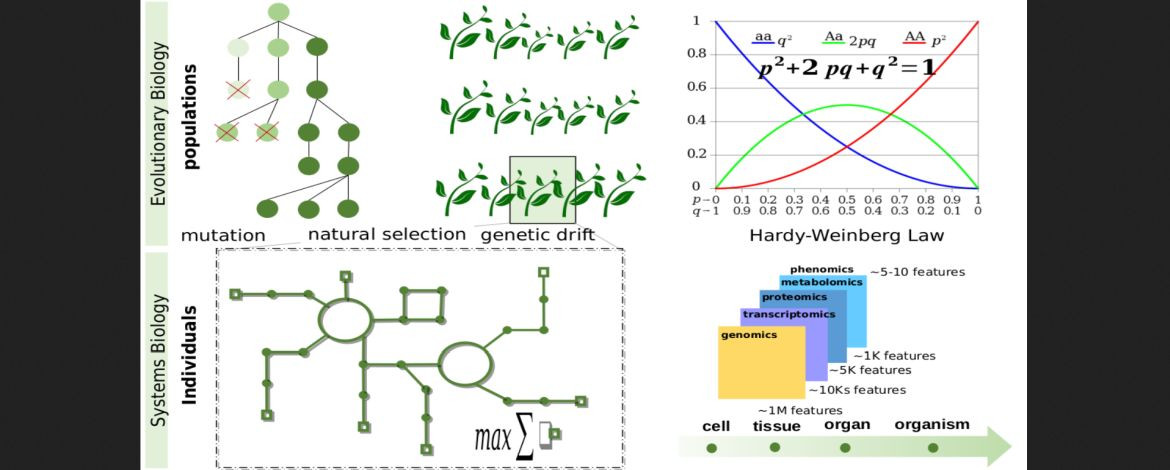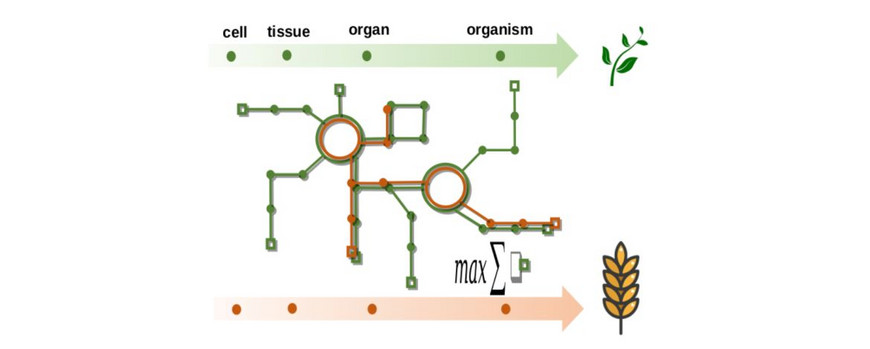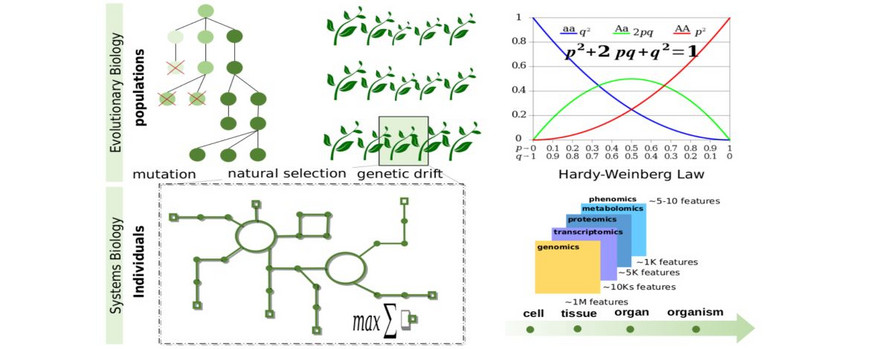The priority research area Evolutionary Systems Biology at the University of Potsdam acts at the interface between evolutionary biology and systems biology – two well-established disciplines in biology.
Conceptual connections
While evolutionary biology focuses on understanding how heritable traits change in populations due to mutation, natural selection, drift and migration, systems biology aims at understanding how interactions of cellular components within biological systems lead to emergent properties over the lifespan of a single individual. Therefore, both disciplines aim to uncover the genetic and molecular basis of phenotypes, albeit at different scales (Figure 1).
Methodological connections
Both evolutionary biology and systems biology are firmly grounded in mathematical modelling and development of theories, resulting in novel cutting-edge computational approaches. These computational approaches use the plethora of data obtained from genotyping technologies, to survey genetic variation, and from various molecular and cellular profiling technologies, to monitor the diverse cellular components.
Conceptual and methodological connections between evolutionary biology and systems biology:
Mutations, natural selection, and genetic drift shape the distribution of alleles in a population. The Hardy-Weinberg law, a seminal theoretical result in evolutionary biology, states that in absense of these driving forces and without migration the genotype and allele frequences in a population remain constant. Systems biology focuses on cellular networks in an individual by employing phenotyping technologies across different temporal and spacial scales.

